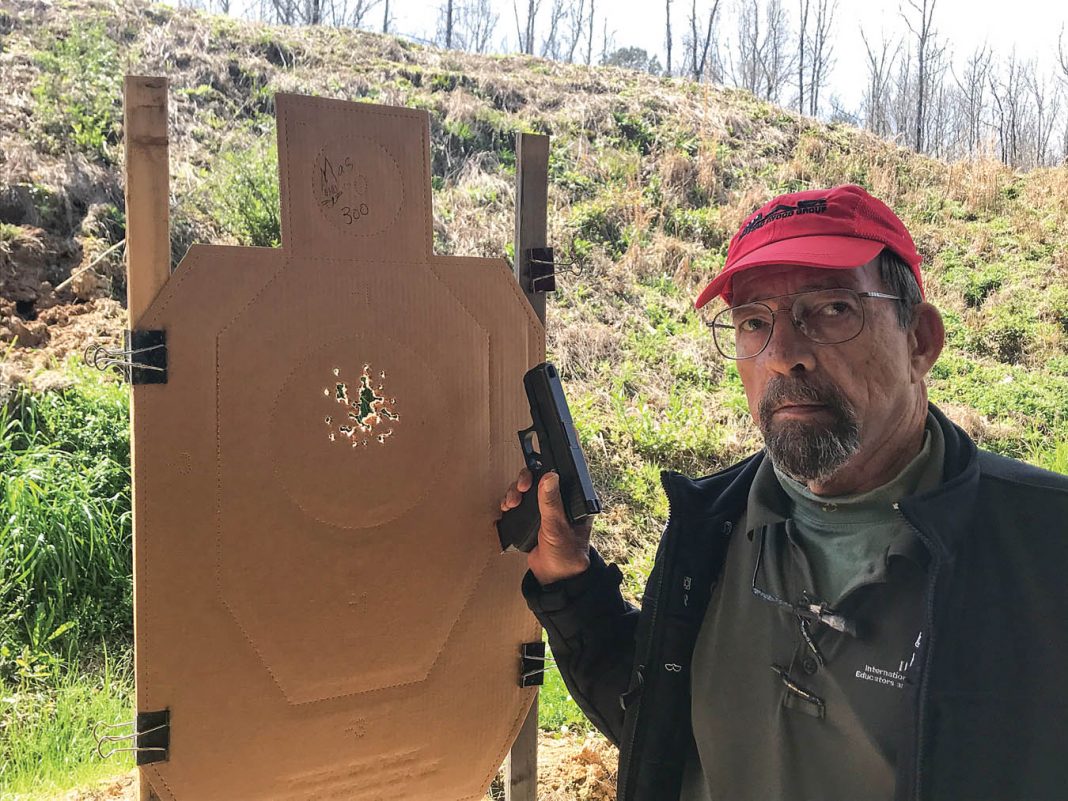If we’re going to describe the Good, the Bad, and the Ugly of the PERF guidelines, since “Ugly” is the most subjective of those terms, it should probably be defined here. For purposes of this discussion, I’m referring to things so shapeless they are unrecognizable.
I’m talking about PERF’s recommended policies numbers 2, 12, 20, 23, 26, and 28. #2: Holding police departments to higher standards than those set by the Supreme Court of the United States? I think that calls for more specifics, don’t you? #15, officers being trained to use the idealistic Critical Decision-Making Model from Great Britain? Well, that’s pretty much what we do now. PERF, are you expecting them to hold a clipboard and check off each step? Oh, wait, you missed the “rapidly evolving” element SCOTUS addressed in that Graham v. Connor decision you don’t like. Tell us EXACTLY how you expect that to work in the real world, please.
#20, “Tactical training and mental health training need to be interwoven to improve response to critical incidents.” Given that we don’t have enough mental health workers to put one in every patrol car or for that matter enough budget for all the cops we need, that suggestion warrants a few more details. As it stands, the PERF recommendation sounds as if it was written by someone who might need a mental health worker of their own.
#24, “Training as teams can improve performance in the field.” Yes, thank you, we know that. We also know that much of America, particularly rural America, has so few officers to provide police service that more than one officer is unlikely to get there until after the suspect-generated crisis is over.
#26, “Agencies should consider new options for chemical spray.” We’re always considering new equipment, didn’t you notice? How about some actual research from your research forum to back up the specific new product you suggest? Not to mention demonstrating some specific techniques to us with your recommended Policy #28, using personal protection shields against violent criminals armed with deadly knives and bludgeons, instead of using deadly weapons against deadly weapons, which has thus far proven the safest approach to the cops and the citizens they serve to protect?
For some years, I had the privilege of serving as a senior advisor under the late Professor Preston Covey, who headed the Center for Advancement of Applied Ethics at Carnegie-Mellon University. When asked to define “Applied Ethics,” he replied that “ethics” was something generally determined in ivory towers, and “applied ethics” were what was needed when the rubber meets the road. PERF being seen by most of the police profession as being more toward the ivory tower, we who train those on the rubber-and-road side of things would like to see more details from PERF on their suggestions.



Paragraph 2, list of policy numbers – 12 should be 15. Paragraph 4, #24 should be #23.
Comments are closed.